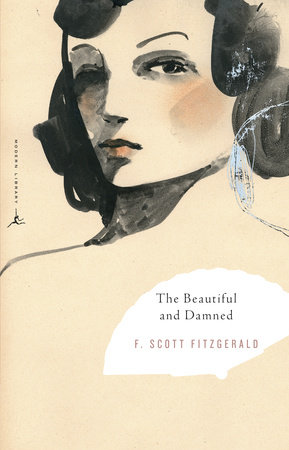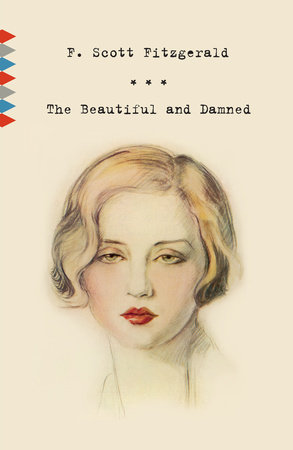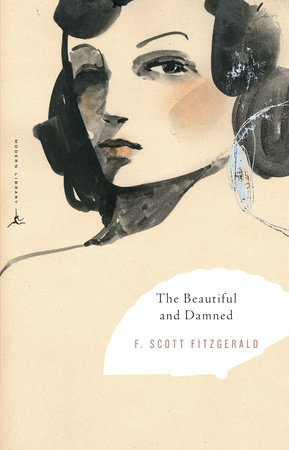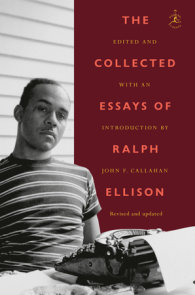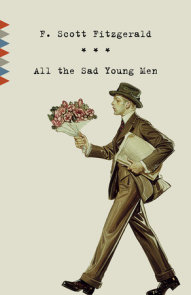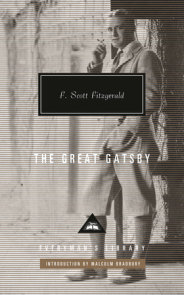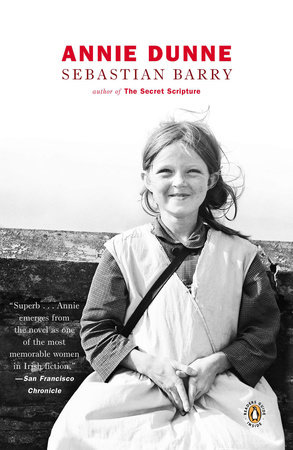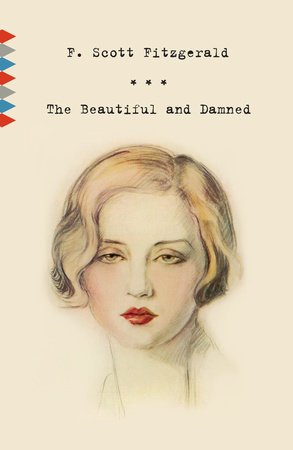

Add to Bookshelf
The Beautiful and Damned
By F. Scott Fitzgerald
By F. Scott Fitzgerald
By F. Scott Fitzgerald
Introduction by Hortense Calisher
By F. Scott Fitzgerald
Introduction by Hortense Calisher
By F. Scott Fitzgerald
By F. Scott Fitzgerald
By F. Scott Fitzgerald
Introduction by Hortense Calisher
By F. Scott Fitzgerald
Introduction by Hortense Calisher
Best Seller
Part of Vintage Classics
Part of Modern Library Classics
Part of Vintage Classics
Part of Modern Library Classics
Category: Classic Fiction | Literary Fiction
Category: Classic Fiction | Literary Fiction
Category: Classic Fiction | Literary Fiction
Category: Classic Fiction | Literary Fiction

Paperback
$15.00
Aug 10, 2010 | ISBN 9780307476357
-
$15.00
Aug 10, 2010 | ISBN 9780307476357
-
$15.00
Feb 12, 2002 | ISBN 9780375759642
-
Feb 23, 2011 | ISBN 9780307779212
-
Aug 19, 2009 | ISBN 9780307414908
YOU MAY ALSO LIKE
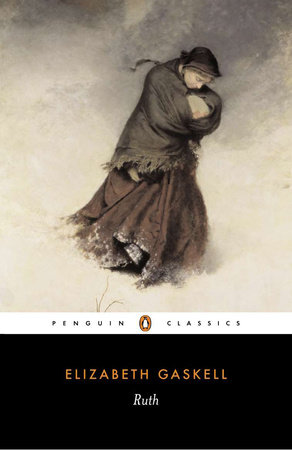
Ruth
Paperback
$12.00
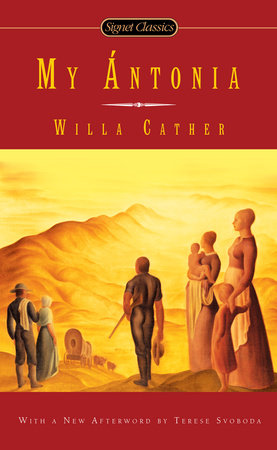
My Antonia
Paperback
$5.95
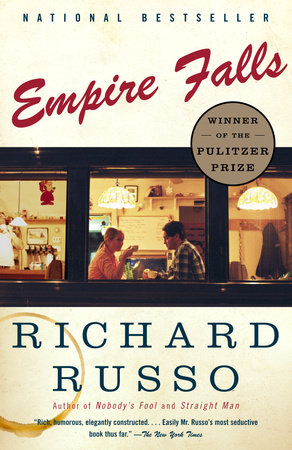
Empire Falls
Paperback
$18.00
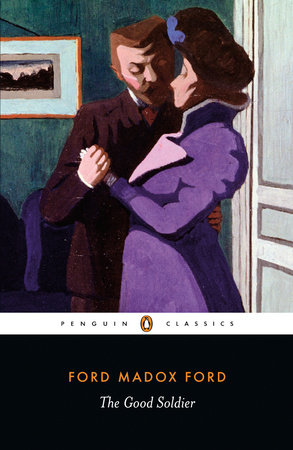
The Good Soldier
Paperback
$14.00
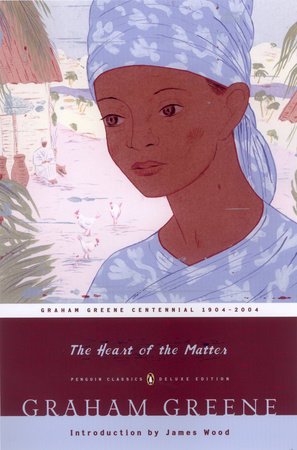
The Heart of the Matter
Paperback
$18.00

Ten North Frederick
Paperback
$21.00

Summer
Paperback
$5.95
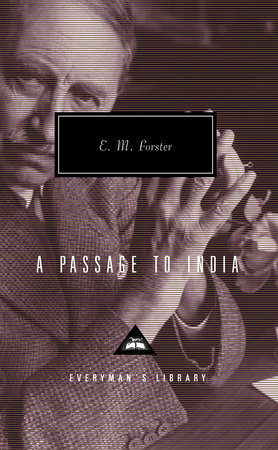
A Passage to India
Hardcover
$28.00
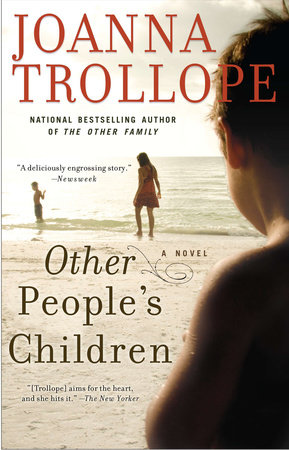
Other People’s Children
Paperback
$22.00
×
Become a Member
Just for joining you’ll get personalized recommendations on your dashboard daily and features only for members.
Find Out More Join Now Sign In






